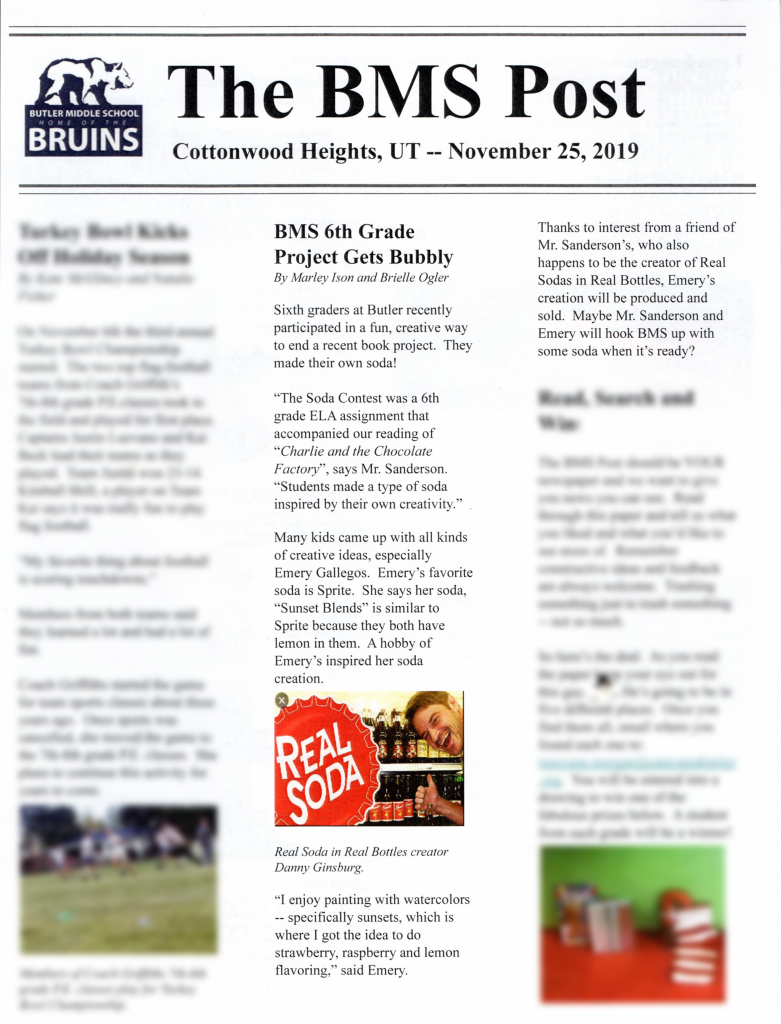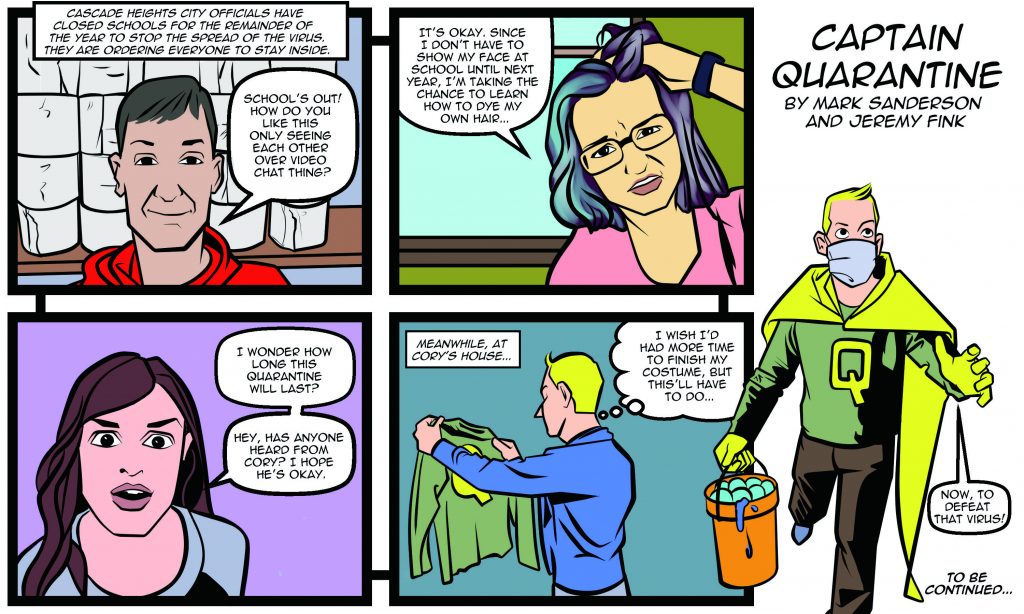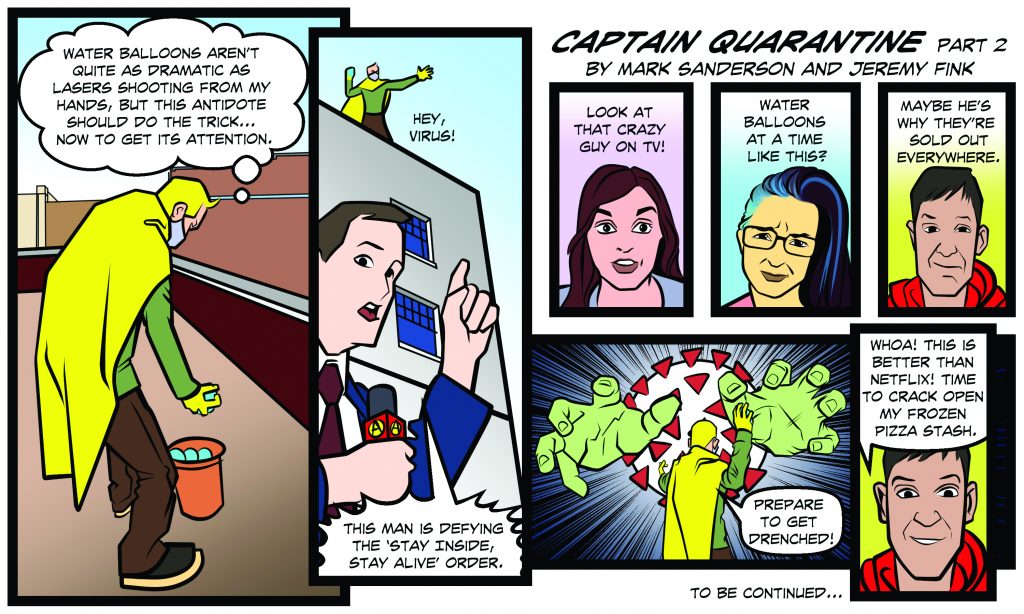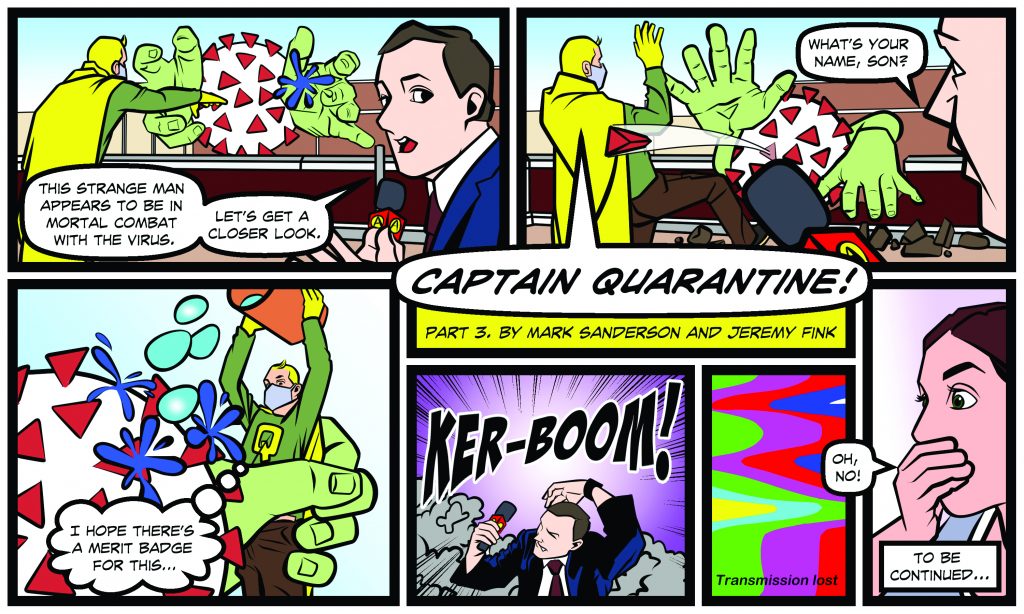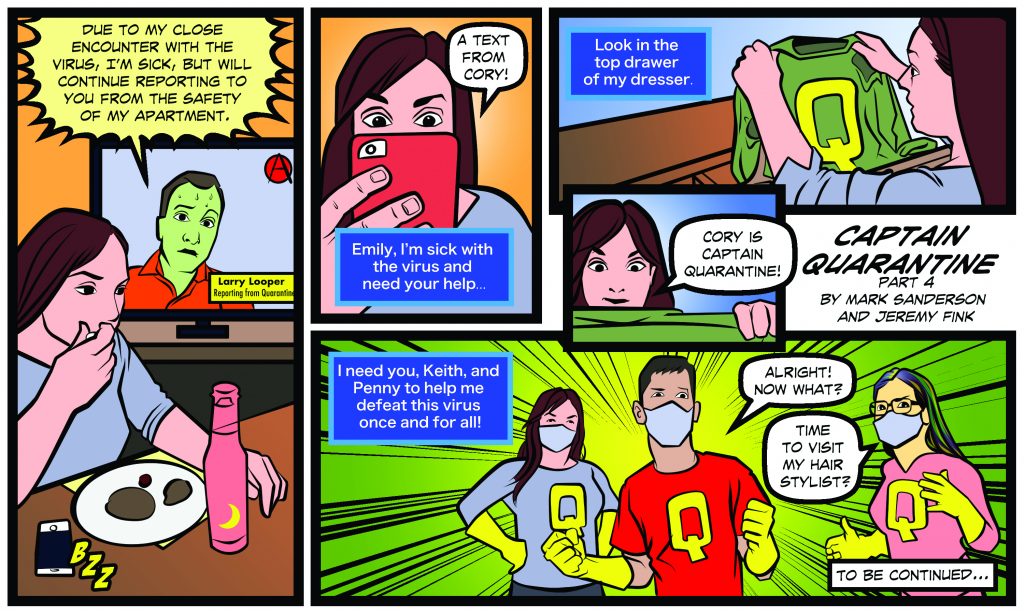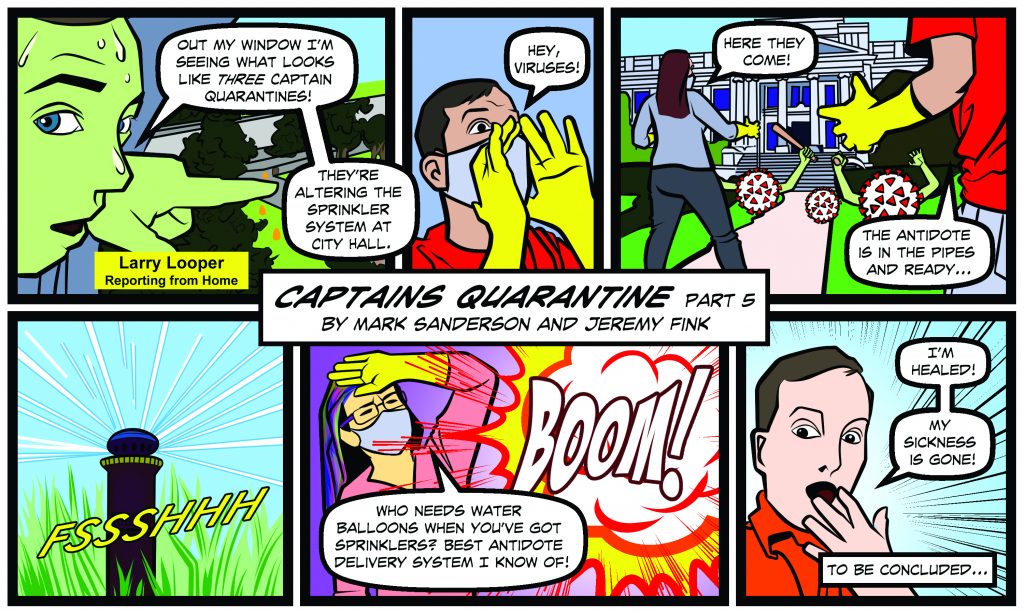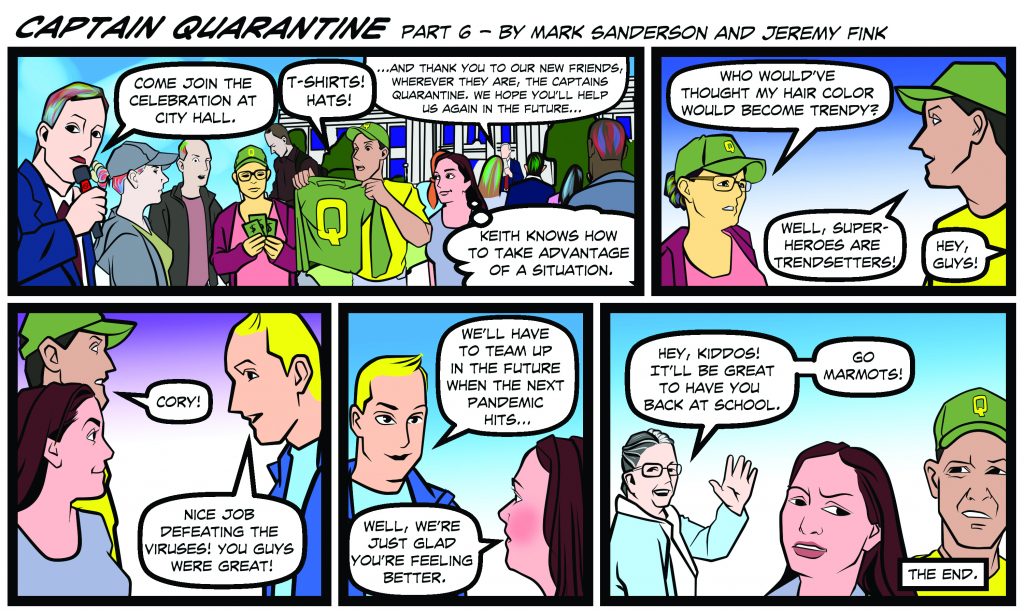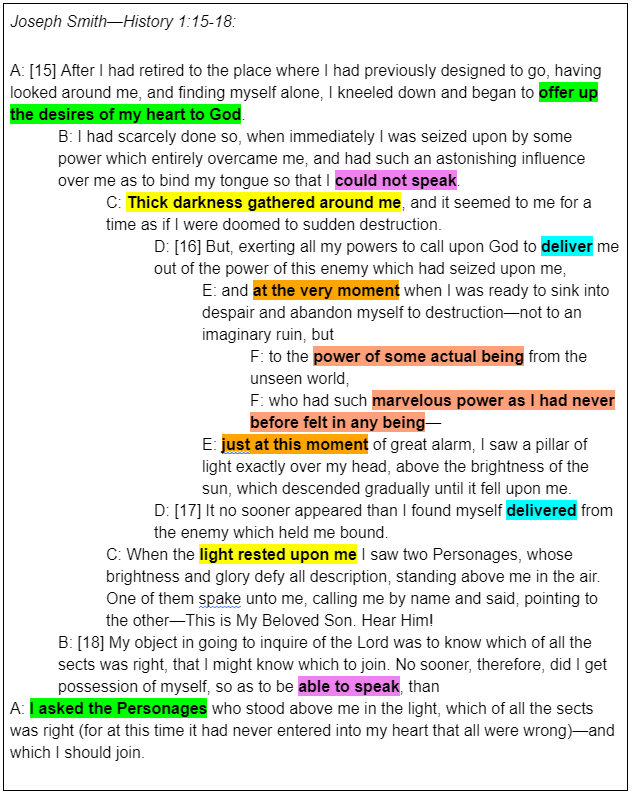Chocolate Project (2022)
The tradition continues! For the second year, my students teamed up with the Aggie Chocolate Factory at Utah State University to enhance our reading of Charlie and the Chocolate Factory by Roald Dahl. Students competed to see who could design the best new chocolate bar. The winner of the schoolwide vote was Sunset Sweet: milk chocolate with potato chips, Reese’s Pieces, and a pretzel.
On February 1st at 10am (just like in the book!) the Golden Ticket winners visited the Aggie Chocolate Factory to pour the winning chocolate. Fox 13 News sent a reporter to cover the event. Below is the resulting news story:
Here’s is the written story that appeared on their website:
Beloved children’s book comes to life at chocolate factory in Logan
By: Melanie Porter , Brian Champagne
Posted at 11:08 AM, Feb 06, 2023 and last updated 11:21 AM, Feb 06, 2023
LOGAN, Utah — Milk chocolate, pretzels, Reese’s Pieces and potato chips might be the next candy sensation thanks to a special experience that brought Willy Wonka’s chocolate factory to life for one group of students.
The 1964 children’s book “Charlie and the Chocolate Factory” is one that many people grew up reading in school, dreaming about a magical world where chocolate literally grows on trees and flows in rivers.
For one group of sixth-grade students in Logan, those dreams came to life at the Aggie Chocolate Factory.
“We are the only bean-to-bar chocolate factory that is operated by an academic institution in the world,” explained Silvana Martini, a Professor of Food Science and also the Director of the Aggie Chocolate Factory at Utah State University. “People come from all over the place to see what it’s all about.”
The factory in Logan got its start in 2018 and there’s one tradition inspired by the beloved children’s book that is observed every single year.
“We are very excited to have the kids here,” Martini said. “We do this every February 1 at 10 a.m. because that’s exactly the same day and time that the kids visited the Willy Wonka Factory.”
This year, a sixth-grade class read Charlie and the Chocolate Factory and hosted a competition for the best candy-bar idea.
“The American Academy of Innovation focuses on project-based learning and experiential learning,” explained Mark Sanderson, who teaches the class.
Student Sienna Anderson won with her “Sunset Sweet” bar, which combines milk chocolate and potato chips before a pretzel is added in the middle and Reese’s Pieces surround the edges.
“It makes it crunchy and sweet and salty at the same time,” Anderson explained. “I’d say it’s really good and crunchy”
It may not be a combination that would be at the top of mind, but Anderson said it was quite tasty.
“It was different than I thought but it was a good different,” she explained. “It goes well with the flavor of chocolate that they have.”
Everyone was a winner who participated in the annual tradition, as the squares of chocolate were hand-wrapped and gifted to students as a memento of their special day at Utah’s own chocolate factory.
Additional media coverage appeared on Utah Public Radio.
Below is an article about the project that was published in the September issue of the South Jordan Journal:
Sweet success for one sixth grader
Sep 11, 2023 12:38PM ● By Julie Slama

Learning might be a bit sweeter at American Academy of Innovation this year, thanks to a sixth-grade assignment.
Last year, sixth-grade language arts teacher Mark Sanderson turned the story of Roald Dahl’s “Charlie and the Chocolate Factory” into reality.
After reading and discussing the novel, 30 students visited Utah State University’s chocolate factory before dreaming up their own chocolate bars, complete with the name, slogan and ingredients, and presented those to their class. Each class voted for their favorites and then the student body voted for the top one. Those finalists got the “golden ticket” to step into USU’s factory to actually create the winning chocolate bar.
“This is exposing kids to something that’s fun, engaging and gets them to be creative outside the school,” Sanderson said. “It also invites them to think about possible careers. Ultimately, it’s helping them realize that as sixth graders, ‘I can have an impact on the world. I don’t have to wait until I’m a college graduate.’”
This year’s top chocolatier is Sienna Anderson. The school purchased 500 of her “Sunset Sweets” for students.
“My slogan was ‘Sweet and Salty Nights’ because it went with the name of my chocolate bar,” she said. “My ingredients include Reese’s Pieces, and those colors remind me of a sunset, that’s why I named it that. I love sunsets and I used a bunch of my favorite snacks for the ingredients — potato chips and the pretzels that are salty and Reese’s Pieces that are sweet. Lots of people didn’t like the idea of potato chips and chocolate. They doubted it, but when they tried it, they thought it was really good.”
Sienna liked the assignment from the start.
“‘Charlie and the Chocolate Factory’ is a really good book. I’ve seen the movie, but this was the first time I read it,” she said. “When everyone went to the Aggie Chocolate Factory, we looked at what they were doing behind the glass. We got to learn how they make their chocolate and where they get their ingredients from. I learned a lot about what cacao beans are and how you get the flavor of chocolate.”
Sanderson said it was a good opportunity for all the students to learn more about the process and to sample the chocolate made there.
“They could tell the difference. Aggie chocolate is a little more earthy flavor and a creamier texture. USU is the only bean to bar chocolate factory on a college campus. Most of the major chocolate makers don’t make their own chocolate. Here they make chocolates from beans from several areas so each chocolate tastes differently because they’re using beans from different areas,” he said.
Sanderson also liked how they not only gained an understanding of chocolate, but the idea that they could study it in college.
“They learned if you like chocolate, you can do this in college. They got a bit of a career perspective with chocolate specifically, but learned they could study food sciences. The director of the factory uses chocolate to teach a chemistry course, so who wouldn’t want to go to college?” he said.
After they returned to AAI, Sanderson instructed them to create their own chocolate bar along with a label. They also made a PowerPoint slideshow to present to their class.
“I felt I had a pretty good idea,” Sienna said. “For me, the hard part was the presentation because I get anxious and stressed when I’m presenting in front of people. Once I got past that, it was fun.”
After class presentations, they voted for the three chocolate bars they liked best. The concepts with the most votes were entered into the finals.
“We made posters for our chocolate bars and those were put in the cafeteria. Then the whole school voted; the poll didn’t say the students’ names, just the chocolate and ingredients,” Sienna said. “I was really excited because my friend, Jaelyn Jones, also was a finalist. We were supporting each other, and we said that even if one of us was a finalist and the other wasn’t, we’d still be really close friends. When the vote was in, they had us stand in front of our posters and announced it. I was nervous, but excited to see who’d win. When my name was announced, I was in shock, frozen for a second. I realized that everybody was screaming and cheering for me. I had beat Jaelyn by five votes, so she was second overall. It was fun celebrating together.”
At 10 a.m., Feb. 1 – the same time and day Charlie went to visit Willy Wonka’s chocolate factory — Sienna, the other five finalists and families were invited to USU’s chocolate factory. They learned more in-depth about USU’s chocolate process.
“We put on hair nets and paper scrubs over our shoes and went behind the glass where we saw the roasting and de-shelling of the cacao beans. They already had my chocolate premade with the potato chips mixed in, so we got to do the next step of filling the mold with the chocolate and put it in this machine that vibrated the bubbles out. Then, we put the toppings on — a pretzel and a tiny scoop of Reese’s Pieces — and set them in the fridge for 30 minutes. We wrapped them and that had to be done fast because they melt in your hand. Then, we put the label and the sticker on to take home,” Sienna said.
“It tasted how I imagined it would taste, both sweet and salty — and crunchy, which I love,” she said.
This is the second time Sanderson has given this assignment. Previously, he taught at Butler Middle School where the “Campfire Crunch” won.
“Both years, the winner is not the one that is the most outside the box, but oddly enough, the one that appeals to the most people,” he said. “Both years, several bars could have won. There were a lot of good ideas.”
Sanderson said he can foresee expanding the assignment so students could learn how to make it an entrepreneurial business and could market their products. He also would like to have the project include other schools to increase the competition.
Sienna loved the assignment.
“I loved giving it to my family and my friends because they all were happy for me when they learned I had won,” she said. “I liked proving my idea was a good one when people doubted my ingredients.”
